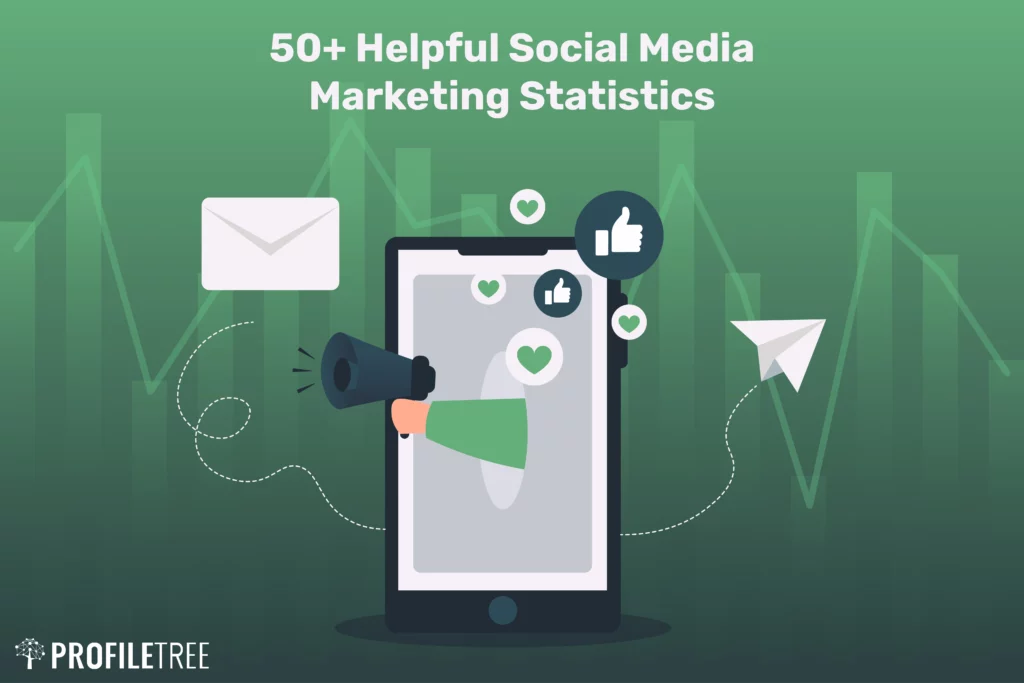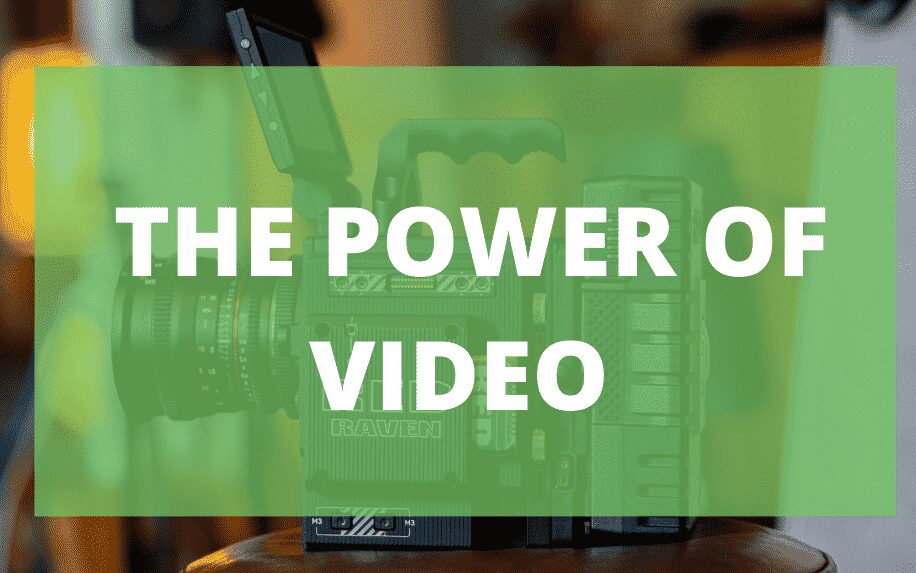Social media sites list every major network, app, forum, and community where users gather online. For businesses and marketers, having a presence on the right social platforms where your audience is already highly engaged can significantly boost brand awareness, website traffic, leads and sales. But with new sites emerging constantly, it’s crucial to focus your efforts on the current most popular and relevant ones.
In this comprehensive guide, we cover the top social media platforms across every category – from leading networks like Facebook and Instagram to messaging apps, image-sharing sites, review sites and more. We include details on monthly active users, demographics, features and use cases, and expert tips for success. Whether you’re new to social media marketing or looking to expand your presence into new communities, use this updated social media sites list to determine where your brand needs a profile in 2023.
Table of Contents
Where to Reach Your Customers Nowadays?
Hundreds of social media platforms allow billions of users worldwide to connect, create, and share multimedia online. For businesses, having a presence on the right social sites where your target audience is engaged can increase brand awareness, website traffic, leads and sales. In this comprehensive guide, we cover the top networks, messaging apps, image-sharing sites and review sites that brands should consider leveraging as part of their social strategy in 2023.
The list of social media sites providing people with communication platforms is ever-growing. It is not news anymore that the bigger part of our day-to-day interaction has been on a gradual conversion to the digital world. We now get to know our news via social media, make new friends and know about the new restaurants in town.
Even more important is that a huge portion of business activity has been taken to social media. To keep up with these rapid changes, social media have become among the core platforms for any brand trying to gain exposure. There are social networks that have grown so big that it became out of the question whether to use them or not to market your brand or not.

The following list of social media sites will cover the major social networks that we have today.
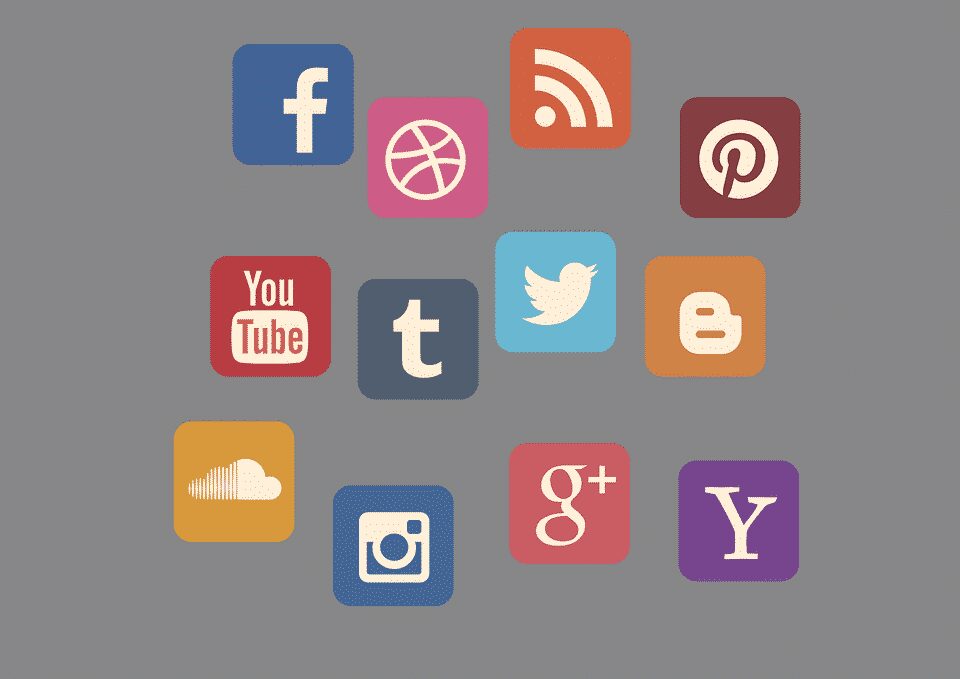
Overview of Major Social Media Categories:
Social Networks – Facebook, Instagram, LinkedIn, Twitter, Pinterest, TikTok
Messaging Apps – WhatsApp, Facebook Messenger, WeChat, Snapchat
Image Sharing – Instagram, Pinterest, Flickr
Video Sharing – YouTube, TikTok, Vimeo
Reviews – Yelp, TripAdvisor, GMB listings
Discussion Forums – Reddit, Quora, LinkedIn groups
Social Networks:
2.9 billion monthly active users. Allows connecting with friends, family, and customers. Businesses use it for ads, content marketing, and community engagement.
Since its foundation in 2004, Facebook has become the undisputed kingpin of social media. The number of Facebook users exceeded 2 billion people worldwide this year. That is more than one-quarter of Mother Earth’s entire population. Because of that, Facebook might be the only one on the list of social media sites which is indispensable. A business brand or a content creator stands no chance of gaining exposure without being on Facebook.
Almost every major global or local brand has its Facebook page where it communicates with its followers. Facebook ads are always undergoing updates that better the process of gaining wider exposure for your brand. Some businesses run completely on Facebook, with only the logistics taking place offline.
The products are shown through the Facebook page, and the orders are placed there. Also, anyone producing their content now realizes the essentiality of a decent Facebook page for them to publicize their content.
1.5 billion monthly active users. Photo and video sharing network. Brands leverage for visual storytelling, influencer campaigns.
Instagram users crossed the 700 million mark earlier this year. For the past few years, lifestyle and leisure brands especially value this platform. That is because its visual nature along with the simple tools it provides (ex, filters), allows it to portray the experience it offers its customers glamorously.
Instagram also has an edge when it comes to quick browsing. An Instagram user can gallop through tens of pictures in minutes and only stop at those that grab their attention. It does not demand much effort from the user, and it allows you to catch their eyes with appealing visuals and catchy stories. Hashtags are another handy exposure tool that Instagram provides.
810 million members. Professional networking site. Companies establish thought leadership, recruit employees and promote B2B content.
When talking about B2B marketing, LinkedIn is the platform for that. With over 400 million users, LinkedIn is the largest professional networking site today. Aside from the millions of individual users, there are also millions of profiles run by brands or corporations. That means that it poses two opportunities for any brand or business. The first is that it brings together a very important and specific segment: professionals and executives.
If that is your targeted segment, LinkedIn would be a much better place to spend your efforts than, say, Twitter or Instagram.
The other opportunity it offers is the ability to market your brand to other companies. Through LinkedIn, you can easily communicate with corporations that you want to strike deals or reach some sort of strategic alliance with. Like Facebook and Twitter, LinkedIn has paid ad services that allow you to sponsor your content. It also has well-developed analytics tools.
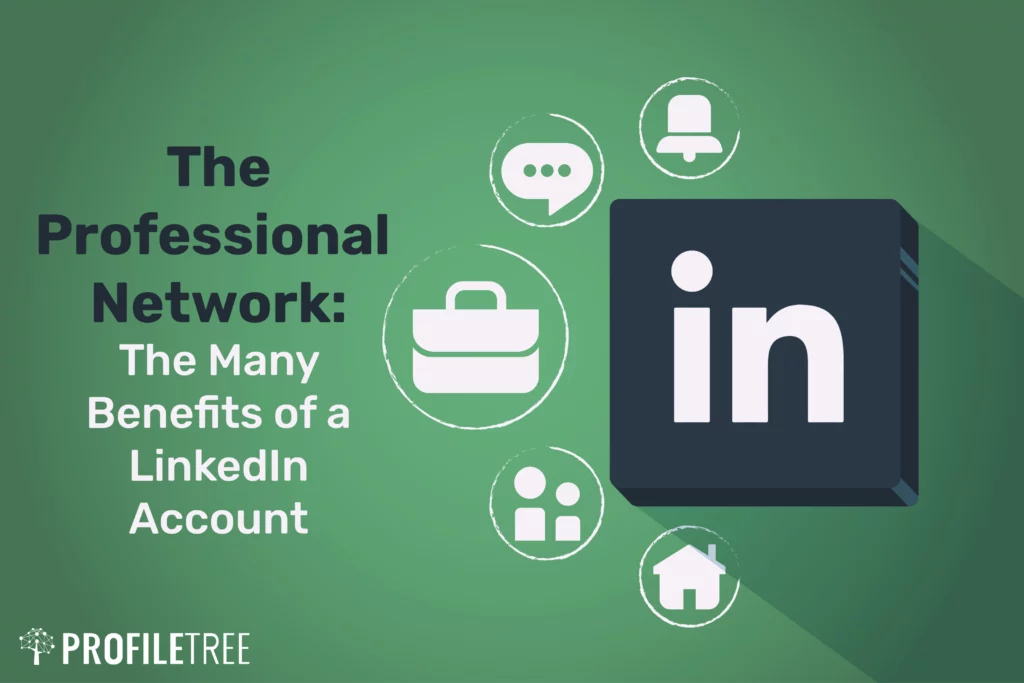
237 million monetizable daily active users. Real-time updates and conversations. Brands share news, engage followers, and monitor mentions.
There are north of 300 million users on Twitter today. It is different from Facebook in that it is a micro-blogging social network. Most brands run accounts on both websites with certain uses for each. For instance, most brands targeting young demographics usually put more effort into Twitter because that is where people under 40 spend more time.
The Facebook user base has been shifting for the past couple of years to becoming the social network for seniors. Facebook users above 50 are consistently increasing, whereas Millennials take to other social networks, the prime among which is Twitter.
Aside from the demographics, on average, Twitter users tend to follow brands more often. Also, the micro-blogging nature of Twitter allows the message to get through with a minimum amount of characters (140 characters). That eliminates the concern about people ignoring your message, as with longer Facebook posts. A lot of brands and even individuals run both their Twitter and Facebook profiles in an intertwined manner.
Twitter is a good platform to deliver samples of larger content. You could then link your tweet to a more detailed Facebook post. There is a side analytical benefit to that. You have, in effect, added a “conversion station.” You can use that to measure the interest in your content by monitoring the number of people clicking the links after reading your previews.
454 million monthly active users. Visual discovery for hobbies and recipes. Retailers boost traffic and sales through search and product pins.
TikTok
1 billion monthly active users. Short video clips for entertainment. A viral platform for brands to attract younger demographics.
Messaging Apps:
2 billion monthly active users. Leading global messaging app. Brands provide customer service and deliver updates through verified business profiles.

Facebook Messenger
Over 1.3 billion monthly active users. Integrates with Facebook accounts. Enables conversational commerce and automated bots.
1.29 billion monthly active accounts. Dominant in China. Allows content sharing, payments and more. A key platform for Chinese consumer engagement.
Snapchat
375 million daily active users. Ephemeral Messaging and Stories. Brands leverage ads and AR lenses to reach young users.
Snapchat is one of the fastest-growing platforms right now, both in terms of individual and business use. It has become beyond question when it comes to targeting young demographics. Over 160 million users worldwide watch more than 10 billion snaps a day. What gives it an edge over the rest of our list of social media sites is its engagement. Brands use this edge in all sorts of ways.
For example, in the summer of 2016, Starbucks launched a campaign on Snapchat where they invited their customers to share their snaps with a Frappuccino filter that they added to the app. Such campaigns go viral quickly because Snapchat makes it easier than any other platform to get customers to partake in your campaign.
Image Sharing:
1.5 billion monthly active users. The top platform for sharing photos and short videos, especially with stories and reels. Brands focus on high-quality visual storytelling.
454 million monthly active users. Enables search and discovery of ideas through images. Brands reach consumers planning purchases through product pins.
Flickr
Over 90 million registered users. Originally popular for sharing creative photography. Still used by professionals and photography enthusiasts.
Video Sharing:
YouTube
2.6 billion monthly logged-in users. The leading site for video hosting and discovery, dominated by vlogs, tutorials, and music videos. Brands can create dedicated channels to run video ads.
YouTube comes second in our list of social media sites in popularity, with around 1.5 billion users worldwide. There is something now called a “Brand Account” that YouTube made specifically for businesses. That is the type of account you can set up for your business. While Facebook, Twitter, or even LinkedIn provide good platforms for you to communicate with customers with some brief content easily, it is YouTube that allows you to entertain or inform them truly.
For example, what you can explain about a product in a 1-minute YouTube video would be a 10-minute read if you put it into a Facebook post. People are also growing more comfortable with video content than they are with written content. YouTube subscribers are also more likely to share your video content than Facebook followers would do with your posts. There are a plethora of major brands now running YouTube channels with thousands of subscribers. Some of them have even built a viewer base that is in part separate from its business customers.
TikTok
1 billion monthly active users. Vertical short-form viral video app beloved by Gen Z. Brands take part in trends and sponsor influencer content.
Vimeo
200+ million unique monthly viewers. The more professional platform focused on HD video quality. Businesses share commercial video content tutorials.
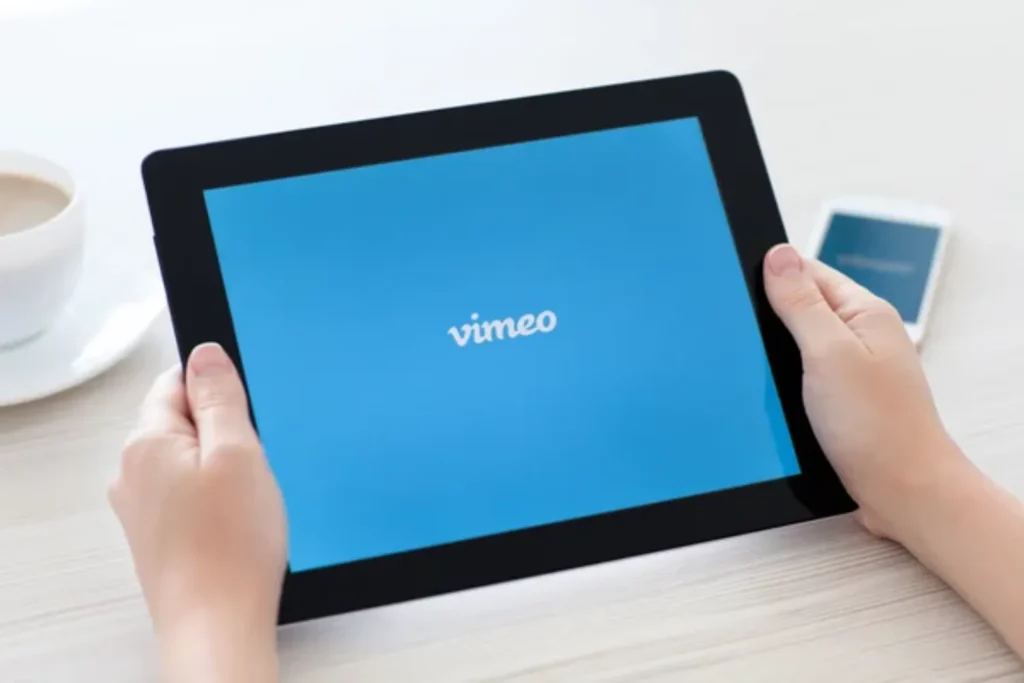
Reviews:
Yelp
Over 200 million monthly site visitors. Discovery and reviews for local businesses. Companies can list on the platform and encourage customer feedback.
TripAdvisor
490 million monthly visitors. Travel reviews and recommendations. Hospitality businesses manage listings and presence.
Google My Business
Over 60 million local business listings. Displays business info in Google Search and Maps. Essential for local SEO.
Quora
There are more than 100 million users active on Quora every month now. Quora’s concept differs from other types of social networking. What is special about Quora is that it is solely a Q&A platform. The perk of being on Quora is your capability to customize your content to answer the questions people are asking. You get to monitor your targeted segment’s most common inquiries and give them tactful answers. This certainly lessens the effort you need to spend on market research.
People and, most of all, customers are always curious. If you make yourself their source of rich content and valid answers to their questions, you automatically position yourself as an authority in your field. This is one of the most coveted positions for any brand.
How Many Social Media Sites Are There?
This list of social media sites only covered the major ones, but there are tons of different social media sites that we cannot cover in one list. The following are some of the other well-known social networks that are often used for business:
- Tumblr
- Vine
- Yelp
- Meetup
Emerging Social Media To Watch:
- BeReal – unfiltered, authentic photos once a day
- Discord – chat and communities for gamers
- Twitch – live streaming video for gamers
Best Practices for Businesses:
- Audit your customers’ digital footprint to identify relevant sites
- Prioritize networks aligned to business goals like sales, support
- Engage consistently with value-driven content
- Monitor conversations and metrics on each platform
- Utilize paid advertising capabilities where advantageous
- Integrate cross-channel analytics into the overall strategy.
Social Media Sites List FAQ
Q: How often should the social media sites list be updated?
A: This list should be updated quarterly to account for emerging platforms and changing user statistics.
Q: What criteria determine the top social media platforms?
A: Active user numbers, demographics, geographic popularity and features for branding and marketing are key criteria.
Q: Should we be active on every popular social site?
A: No, choose sites strategically based on where your target audience is most active and your campaign goals.
Q: How do we track performance on multiple social sites?
A: Use a social media management platform to monitor engagement, followers, mentions and traffic from each site.
Social Media Sites List Conclusion:
The social media landscape is vast and continuously evolving. But by focusing on the leading platforms where your audience already spends time, brands can maximize impact and optimize limited resources. Use this social media sites list as a guidepost, but also monitor trending sites in your industry and local markets. With a data-driven, targeted approach across select strategic sites, businesses can boost brand awareness, deepen customer relationships and provide invaluable touchpoints in the customer journey.
